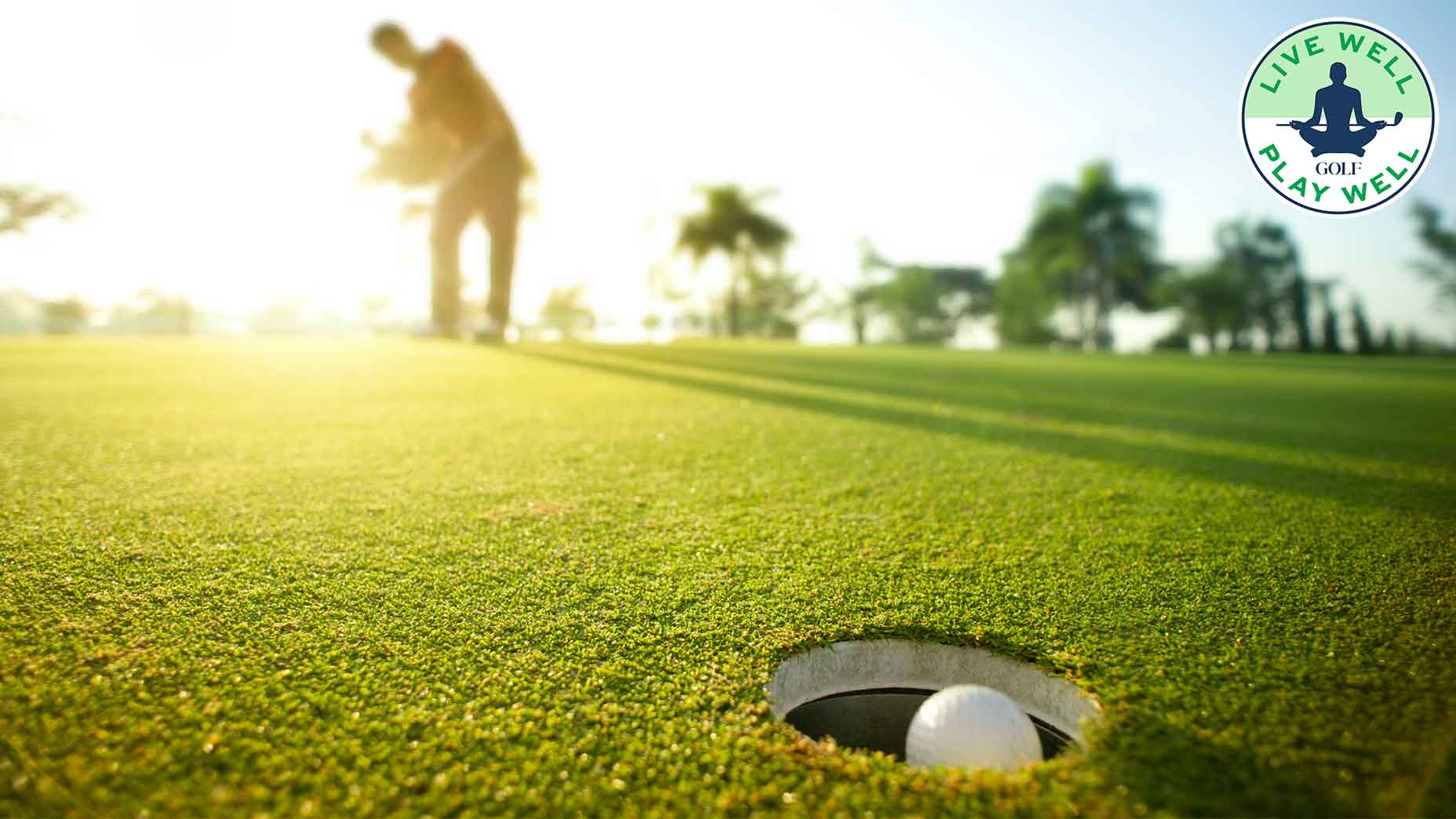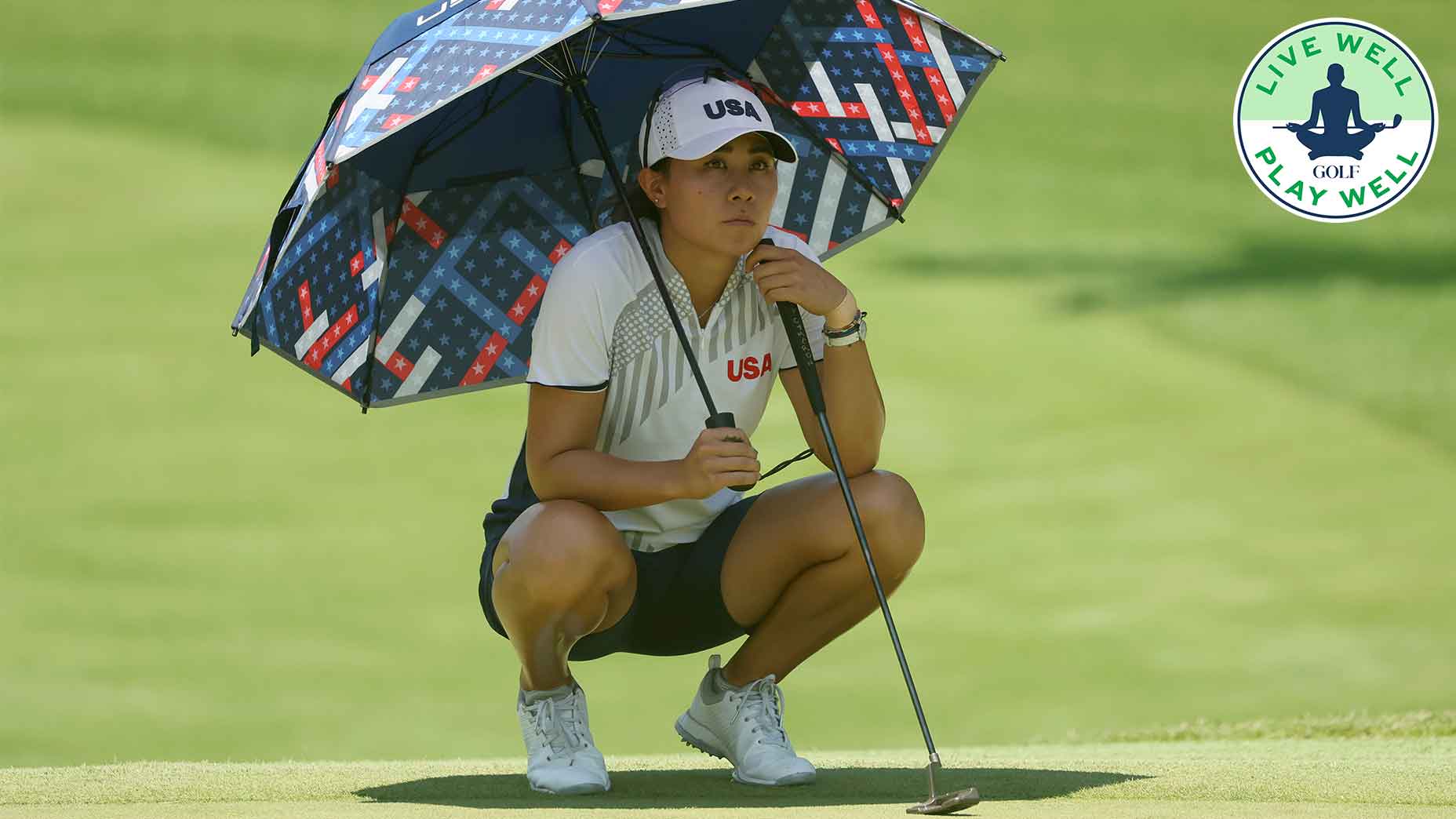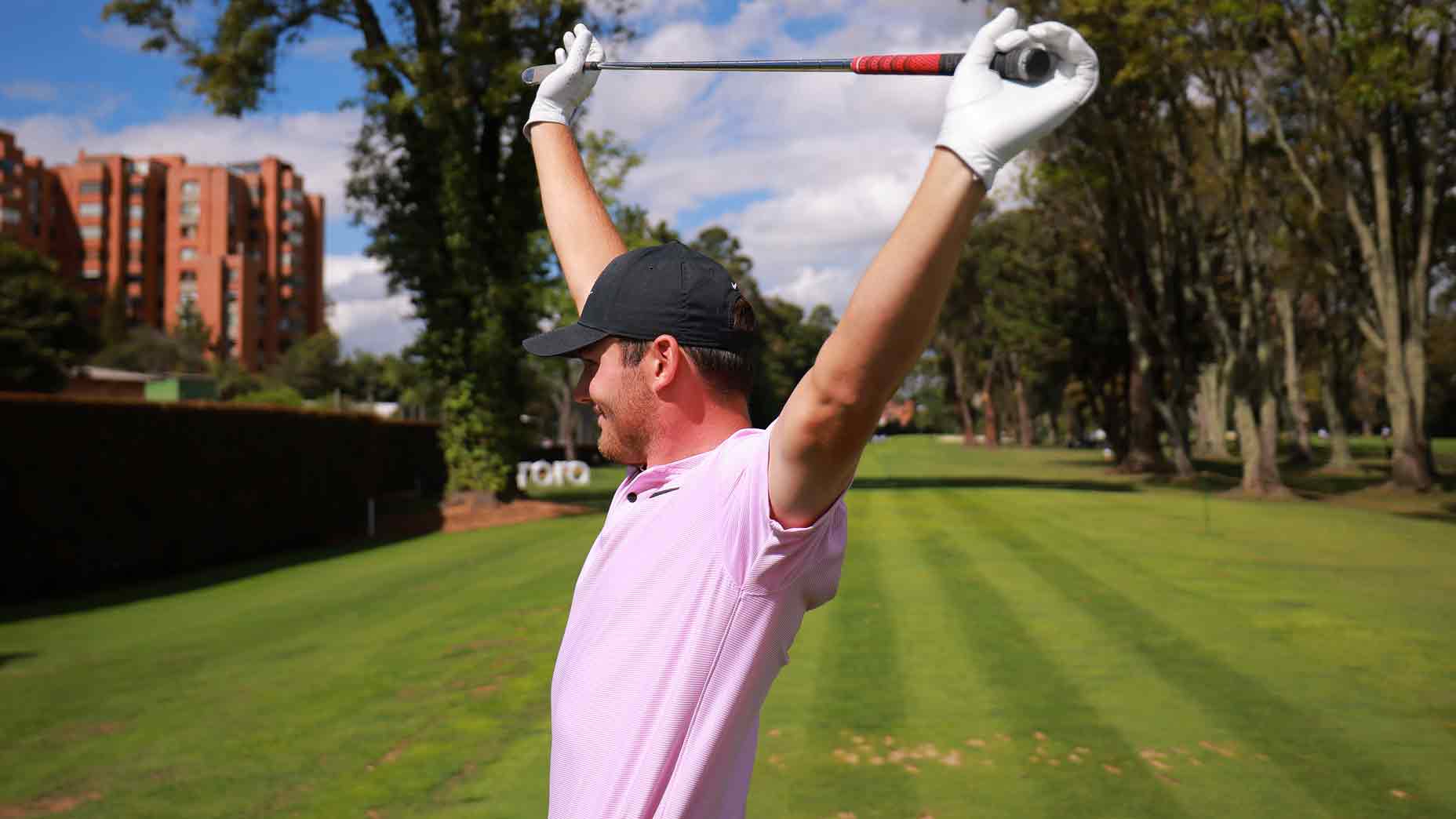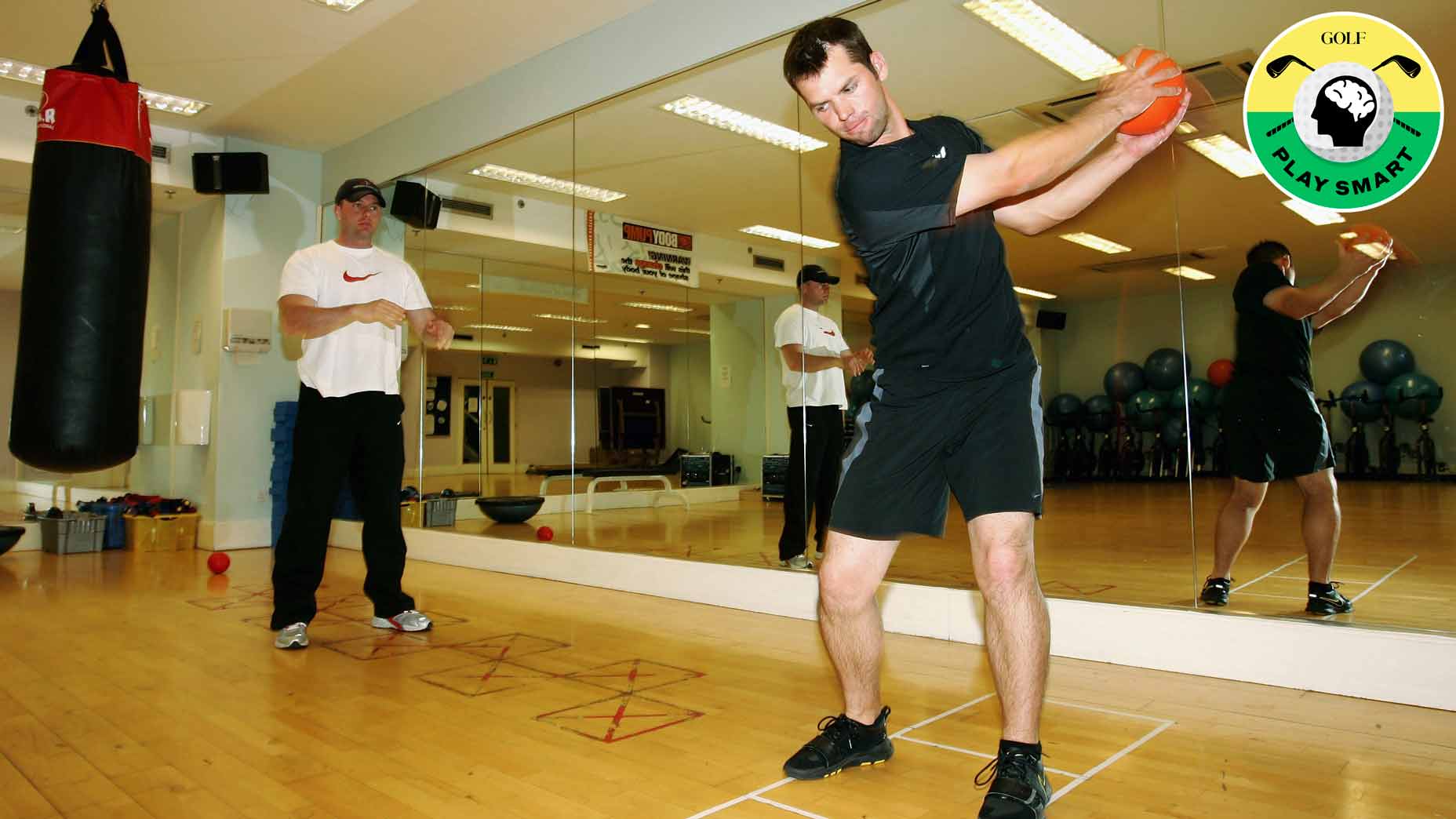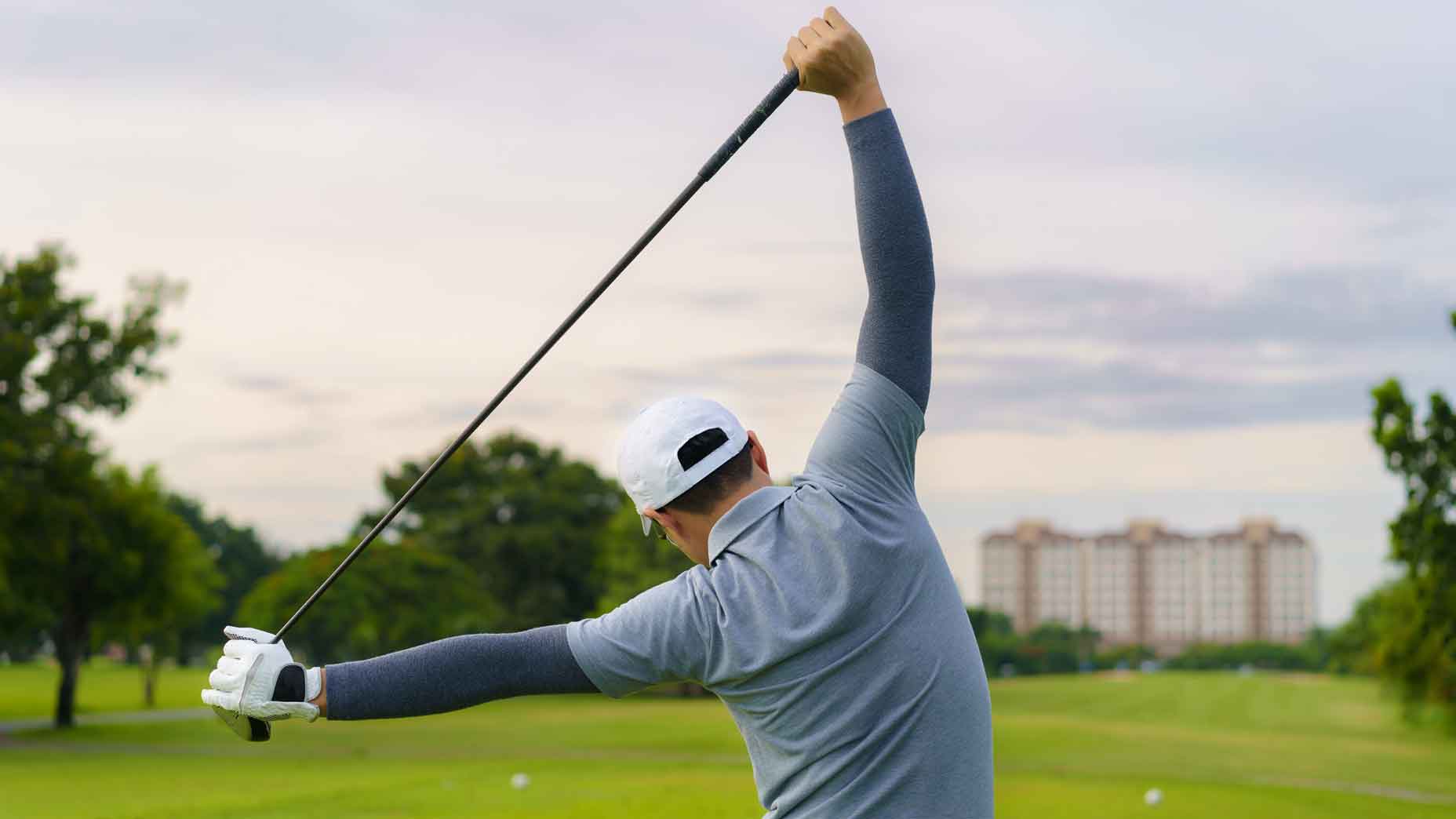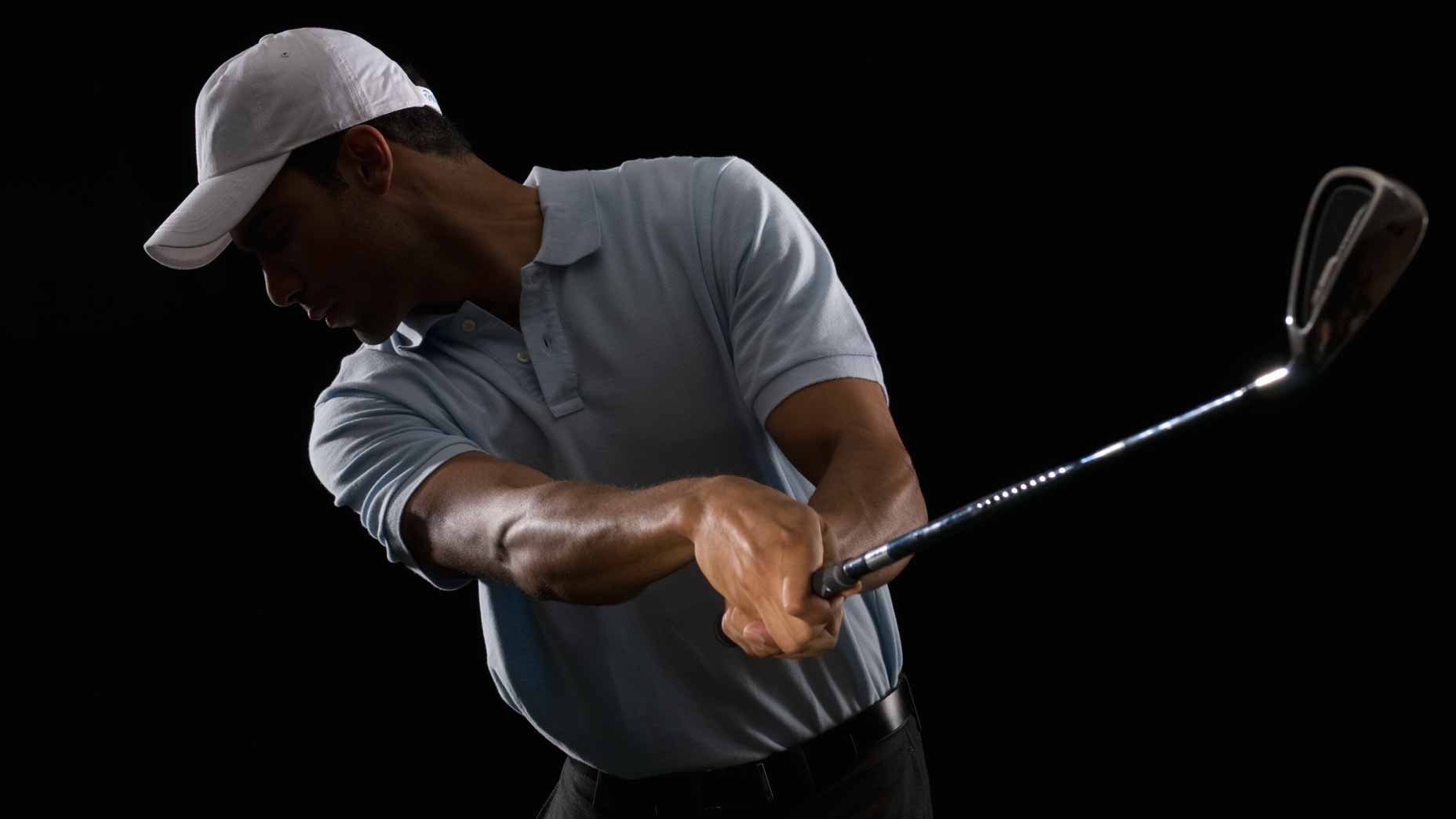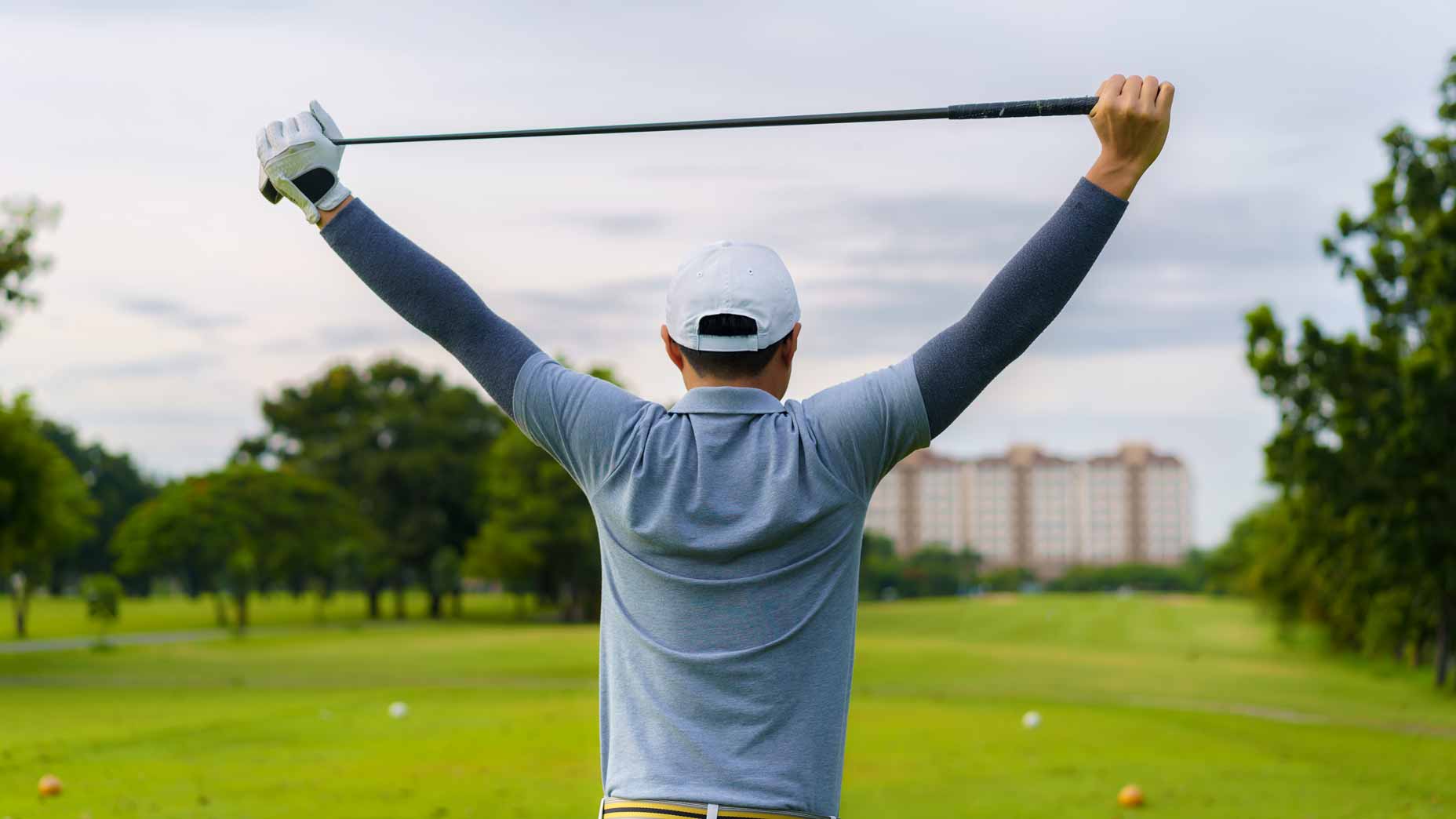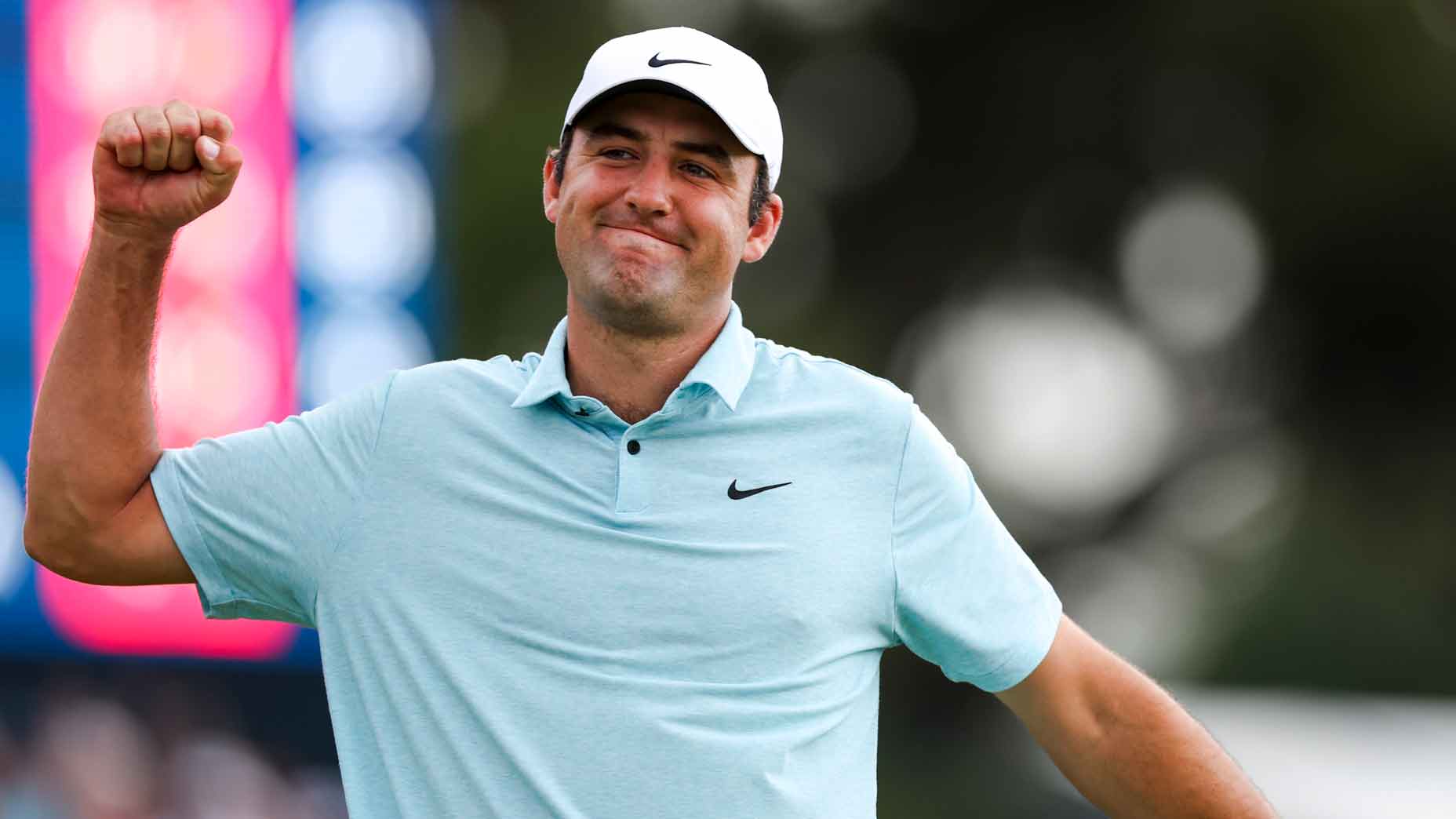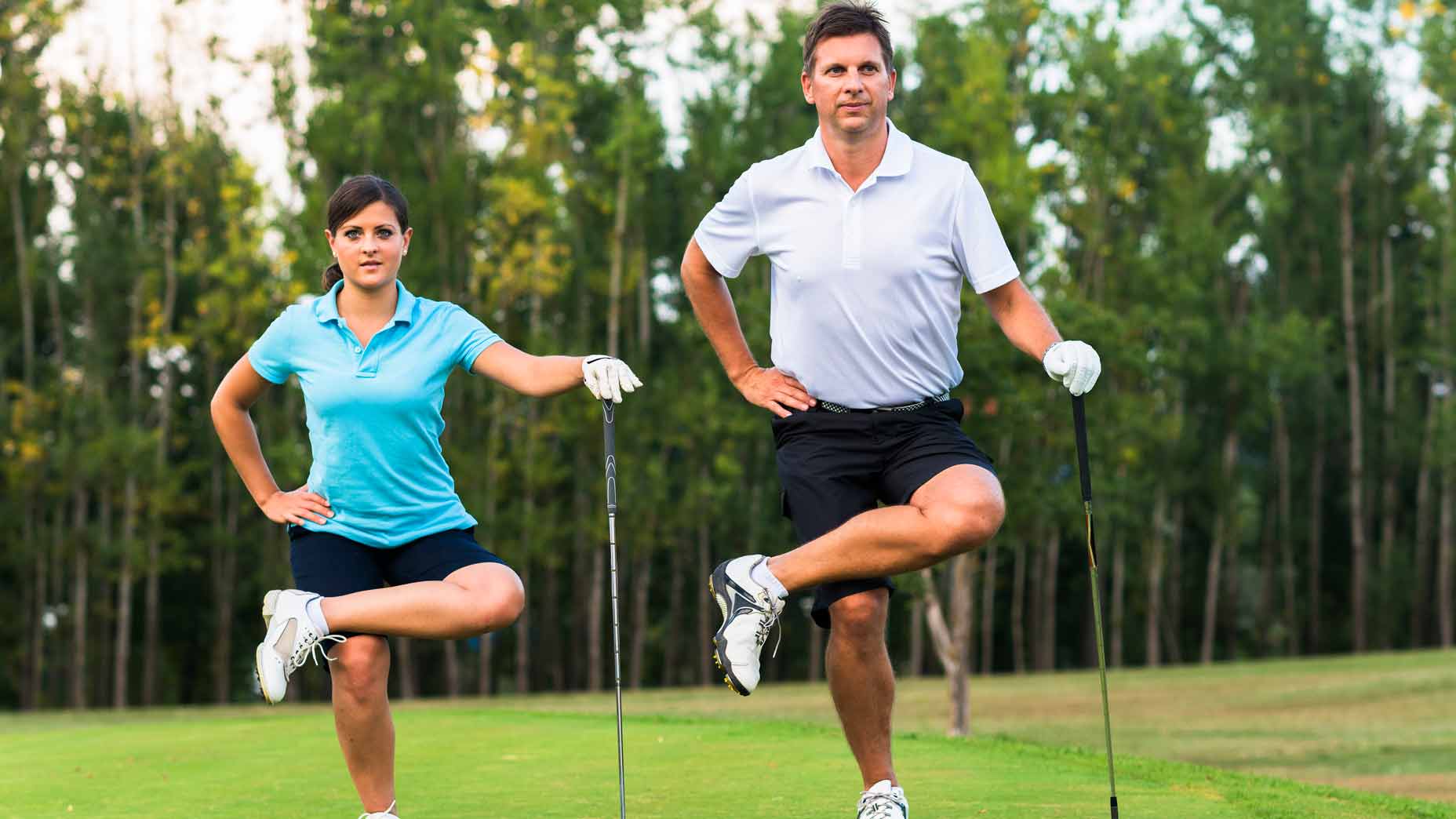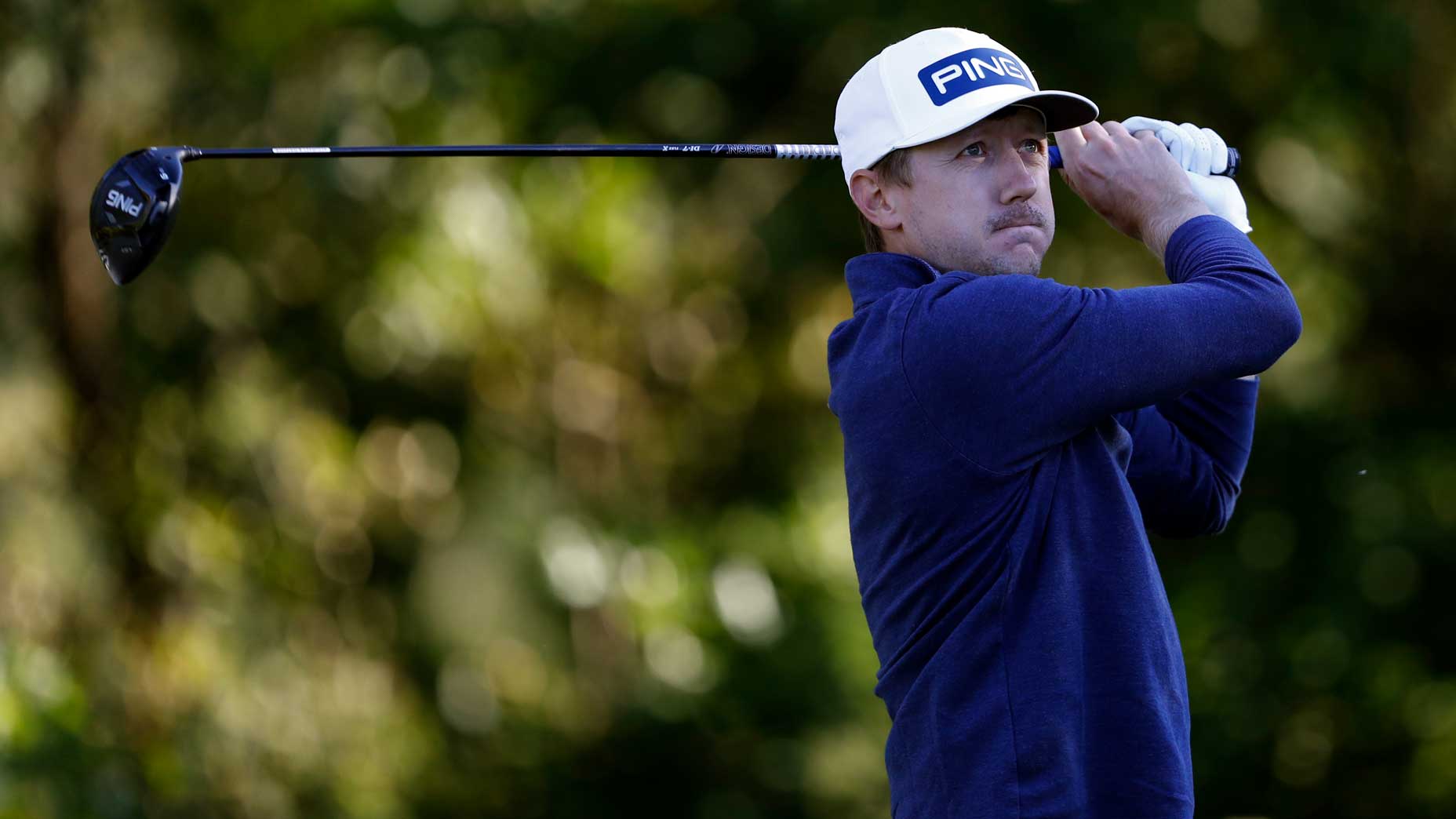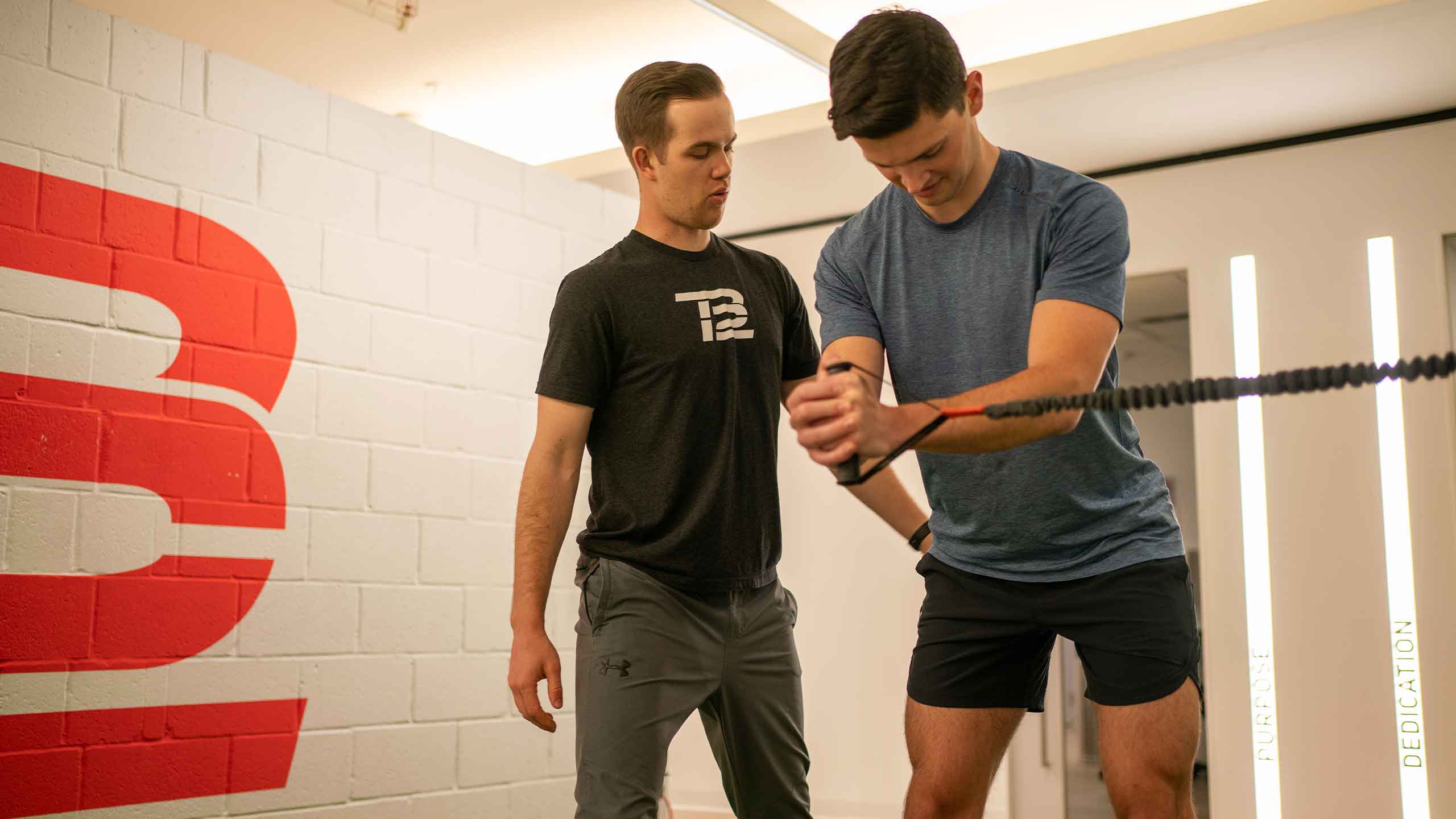How cupping, an ancient Chinese recovery technique, can seriously help your golf game
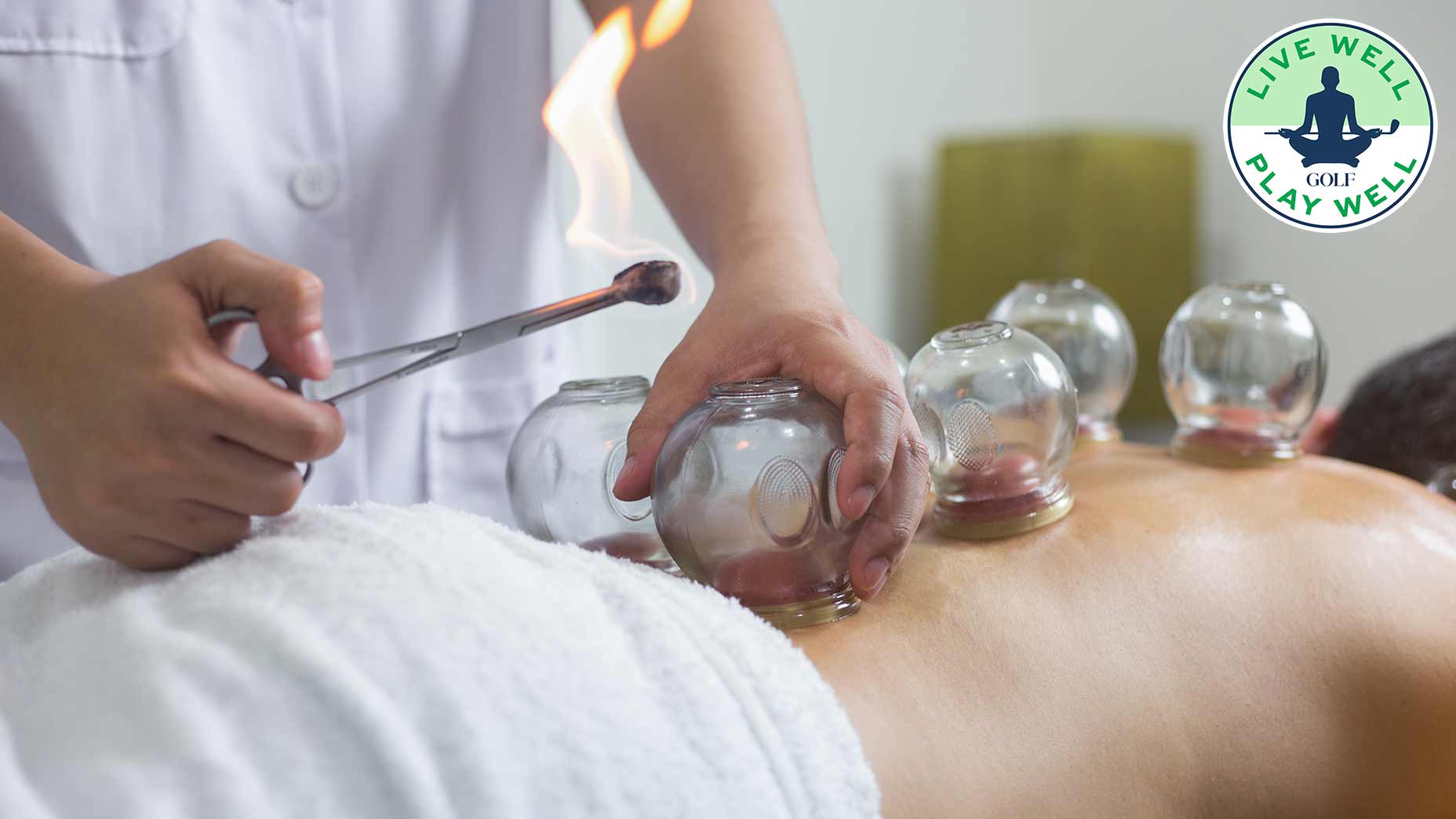
Cupping is a great recovery technique for golfers as the author recently learned.
Getty Images
With the Olympics barely two weeks gone, I’m still thinking about those dark circles you so often see on the backs of swimmers and other elite athletes. Those dark circles are usually the result of cupping, a traditional Chinese medicine technique that aids in muscle recovery.
While I’ve most likely missed my chance to be an Olympian, I’m a fairly active person who works out at least five times per week, plays golf and generally puts her body through the ringer on a daily basis. In other words, I’m no stranger to sore muscles.
That being said, I’ve also always been curious about cupping. If it’s good enough for Olympians, it has to have some positive effects right?
As fate would have it, I recently got to give the traditional Chinese medicine technique a try at ORA. I went in not sure what to expect and not totally believing that suctioning some cups to my back would help relieve the tightness I’ve been feeling from all the extra time I’ve spent hunched over my computer in my home office setup.
I was pleasantly surprised by the treatment, so I’ve decided to give you a breakdown of what I learned and why I think cupping is a great option for golfers suffering from back pain, soreness, tightness and stress.
What is cupping?
I had the pleasure of working with Sian James, DACM, Lac. LMT, RYT a licensed Acupuncturist and Clinical Massage Therapist during my session at ORA. Full disclosure, my session also included some acupuncture and E-Stim, all of which are great for recovery after a tough day on the course.
Cupping is a form of acupuncture that uses glass jars that suction to your body to promote musculoskeletal health. The cups can be left stationary or slid across your muscles to help break up tension that’s causing your muscles to be tight.
What are the benefits?
Cupping is typically used as a recovery technique because of what it can do for your body.
“If you have joint stiffness, muscular pain, swelling, inflammation, decreased blood flow and tension, cupping is effective as a standalone treatment,” James told GOLF.com. “Cupping can help golfers experiencing soreness by promoting healthy blood flow which brings nutrients to muscle tissue.”
Essentially, toxins build up in your system triggering your body’s inflammatory response which causes soreness, swelling and stiffness in your muscles. When the cups are applied to the body, they create a vacuum which increases the blood flow to the area. This helps purge your muscles of toxins and lactic acid, as well as activates the lymphatic system, which helps your muscles to heal and leaves soreness and muscle tension in the dust.
For golfers, this can mean getting back on the course faster post-injury or playing more holes in a given week because you aren’t as sore and your muscles are better prepared to spend hours swinging away. One of the most important effects of cupping is decreasing muscle tension, which leads to a bigger range of motion in the golf swing. The better your range of motion, the better able you will be to turn in your swing and the farther you will launch the ball off the tee.
Does cupping actually work?
I’m a skeptic at heart, so I wasn’t expecting to feel much of a difference after my session with James. However, I was happy to eat my words.
As many golfers do, I have an extremely tight back — both my upper and lower back are affected, which for a golfer is common and bad for my swing. So focusing on this area for the cupping treatment seemed like a no-brainer.
James applied six cups to my back based on where I was tightest and let them sit there for about five minutes. With the cups attached, I felt an intense but enjoyable pressure.
And then came my favorite part — James moved the cups across my back. It sounds mundane, but feeling my muscles pop and crunch as the tension was relieved was one of the most satisfying sensations I’ve experienced in my young life.
Once the treatment was over, I noticed an immediate difference. My shoulders and upper back in particular felt more relaxed and, as evidenced by the perfectly circular bruises left across my back, blood flow to the area was definitely increased.

Of course everyone is different, but using this technique to help loosen your muscles is a godsend when you go to swing a club. Tight muscles are the enemy of a good golf swing because they prohibit your body from rotating properly, which saps your swing of power. Cupping solved that problem for me, and while I wasn’t able to get in 18 holes (I had already taken a half day for a spa treatment…) I did take a few practice swings out of curiosity.
My turn in my backswing was a little bigger, but the biggest takeaway was that I simply felt better than I had in ages. And we all know, feeling good on the golf course is just as important as having a good swing, because you can’t play your best if you don’t feel your best.

